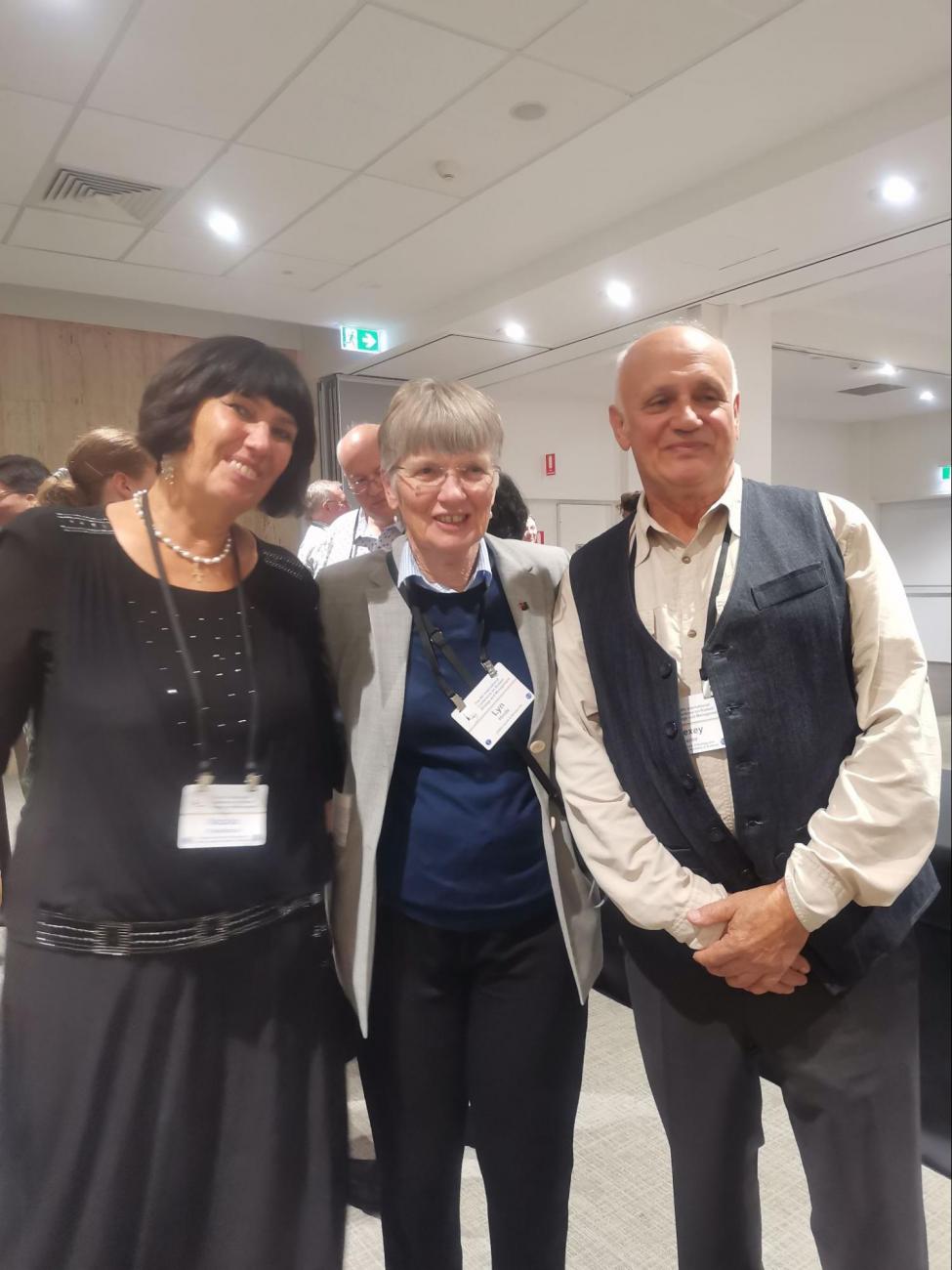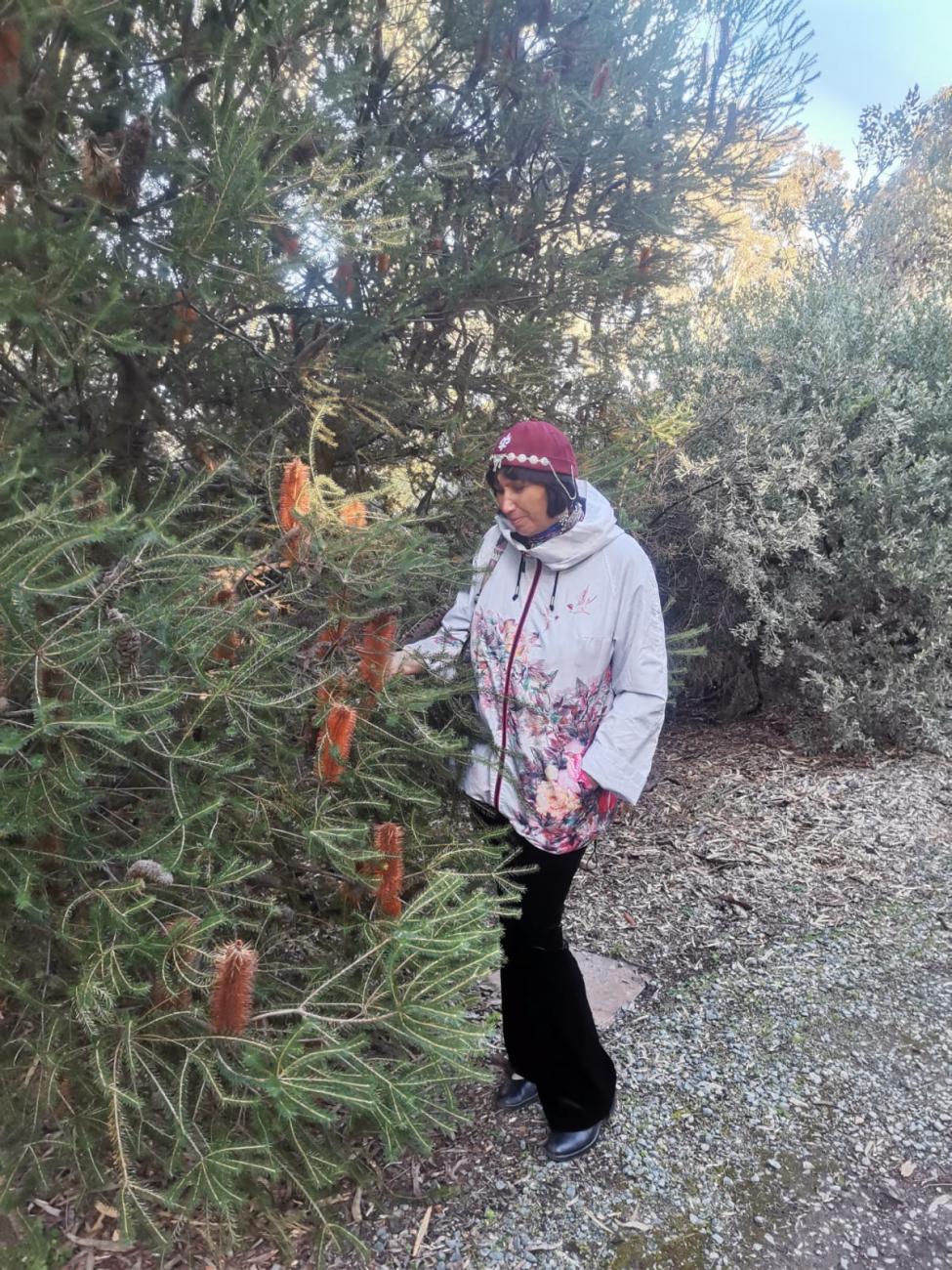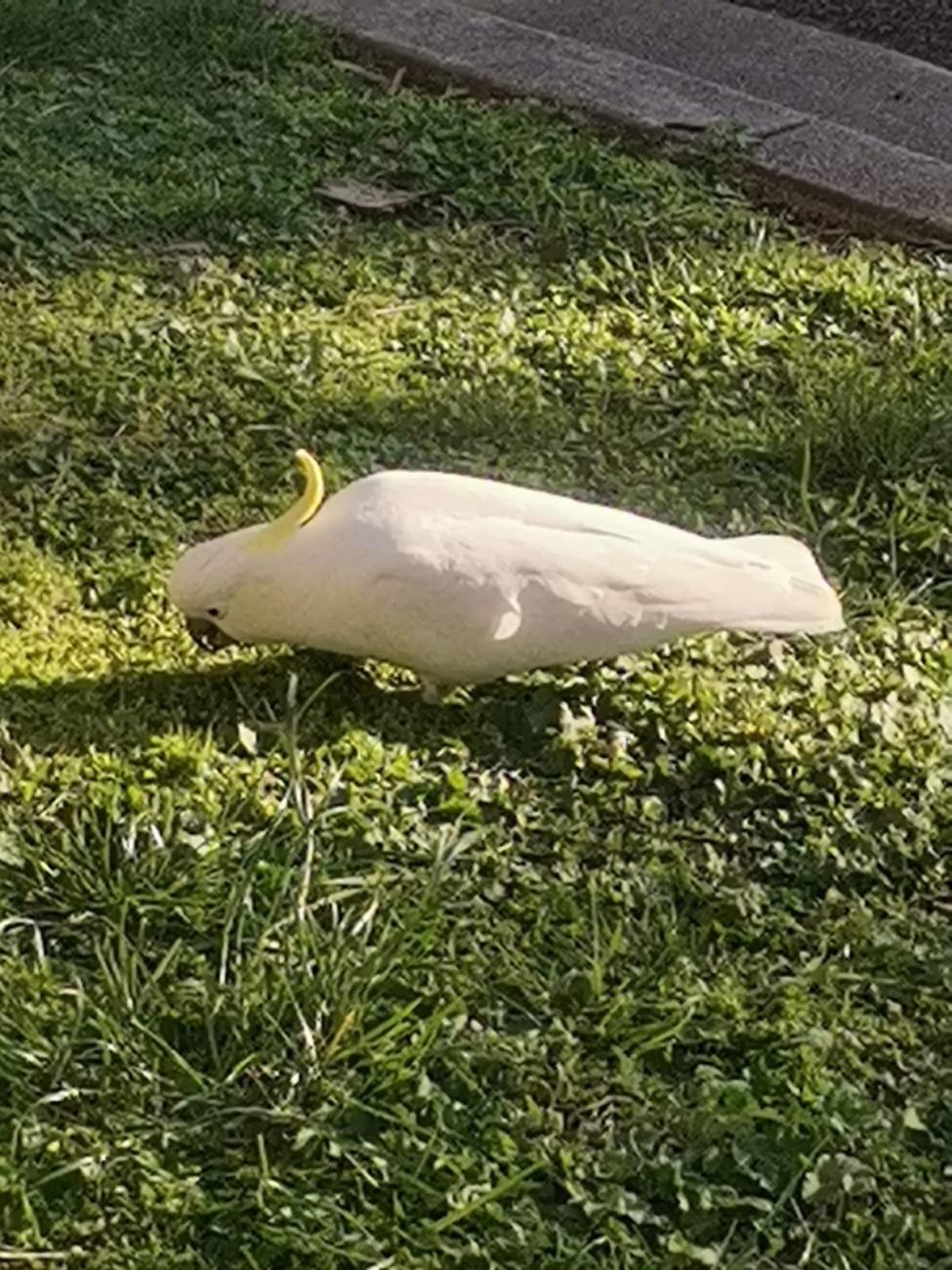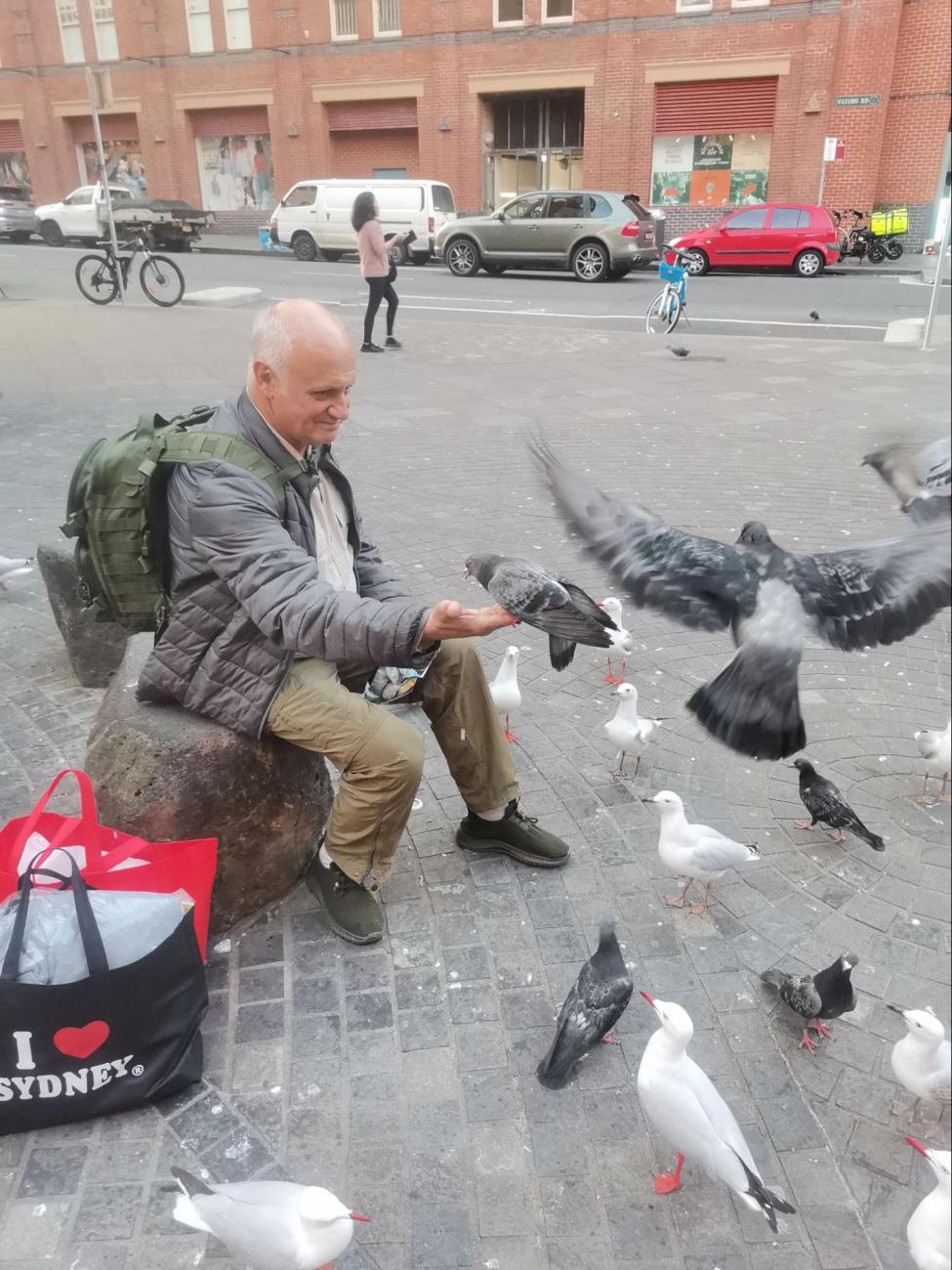
From September 1st to 5th, the 8th International Conference on Rodent Biology and Pest Management was held in Canberra, Australia's capital. Canberra's main attraction is the surrounding green belt of nature reserves, home to a wide variety of native flora and fauna. Canberra is currently awash in spring greenery, with fragrant mimosas, banksias, and other Proteaceae. Plum, cherry, and apple trees, though not native, are adorned with white and pink blossoms. Its streets resound with the loud cries of parrots—from giant white cockatoos to smaller, but very brightly colored rosellas. It is parrots, not the ubiquitous urban pigeons, that make up the majority of the city's birds, joyfully battling over slices of pizza at cafe tables. Canberra is one of the most environmentally friendly cities on Earth. This is one of the reasons why the Rodent Biology and Pest Management Conference is being held in this city for the second time.

The conference was attended by 110 researchers from 26 countries, representing six continents. In addition to European countries, the United States, and Canada, researchers from China, Cambodia, India, Indonesia, Japan, Madagascar, Australia, New Zealand, the Philippines, Singapore, South Africa, Tanzania, and Taiwan also participated. Two researchers from the A.N. Severtsov Institute of Ecology and Evolution of the Russian Academy of Sciences (IEE RAS) participated in the conference: RAS Corresponding Member and Deputy Director for Research Alexey Vasilyevich Surov and the Institute's Scientific Secretary, Doctor of Biological Sciences Natalya Yuryevna Feoktistova.

The conference focused on zoonotic infections. However, many papers were devoted to the undeniably relevant concept of "One Health." Furthermore, considerable attention was paid to the conservation of rare rodent species, or those species that have become rare over the past 50 years as a result of particularly severe anthropogenic stress. The conference was held in a very pleasant and friendly atmosphere. Participants listened to nine plenary presentations, covering both pressing rodent control issues and interesting aspects of rodent biology and the conservation of a number of endangered species. Sixty-seven oral presentations were held across eight sections: population management of overexploited rodent species, human and wildlife diseases, modern technologies, evolutionary biology, behavioral ecology and physiology of rodents, and the ecology and conservation of rare species.

IEE RAS staff presented their papers at the "Evolutionary Biology" section. Alexey Vasilyevich presented a paper on "Genetic Structure of a Semicomensal Rodent Species in an Urbanized Area (using the Common Hamster as an Example)." Natalya Yuryevna continued this theme with a paper on "Genetic Structure and Parasite Load in the Field Mouse (Apodemus agrarius) in a Megacity." Both papers generated considerable interest and discussion, as they examined the survival characteristics of animals in urban environments, including the conservation of rare species in urban communities.
During the conference, participants were shown one of the national parks located in close proximity to the city. There, they were able to observe various species of kangaroos and wallabies and encounter clumsy but very cute echidnas, which are currently actively searching for breeding partners.
At the conclusion of the conference, it was announced that the next event is planned to be held in four years in Brazil.
